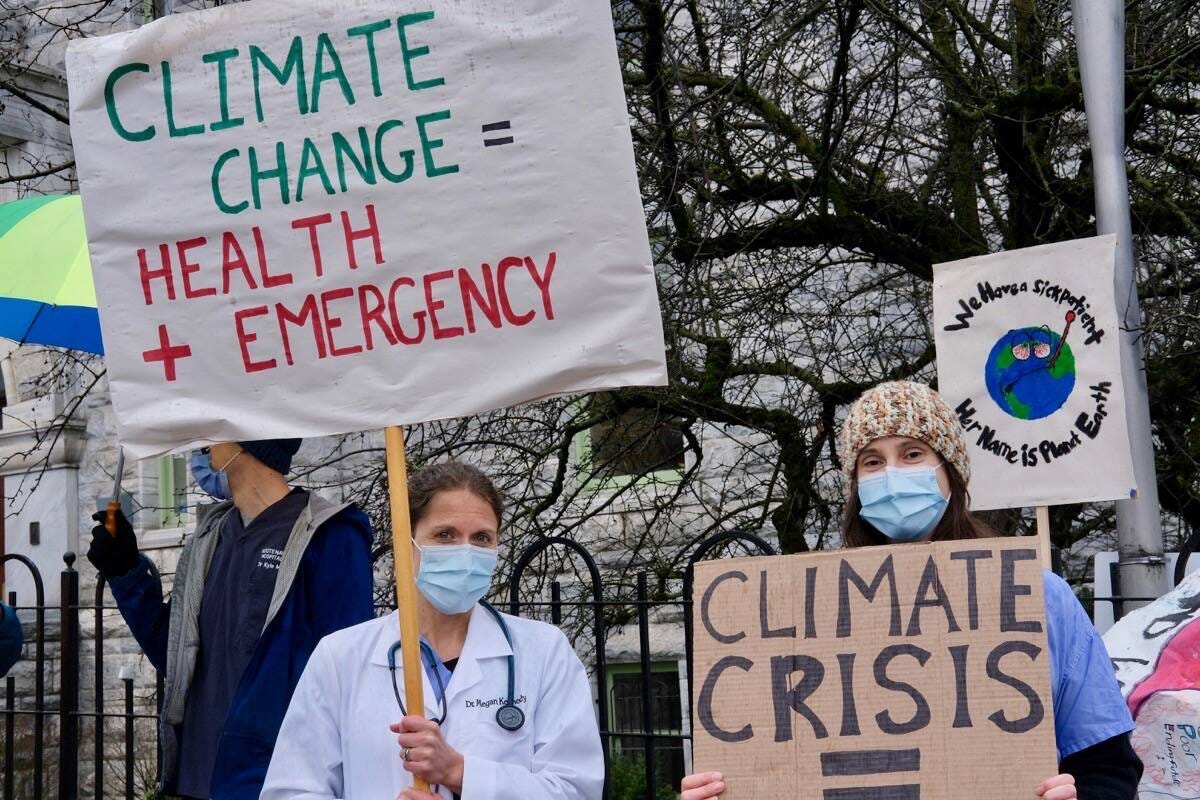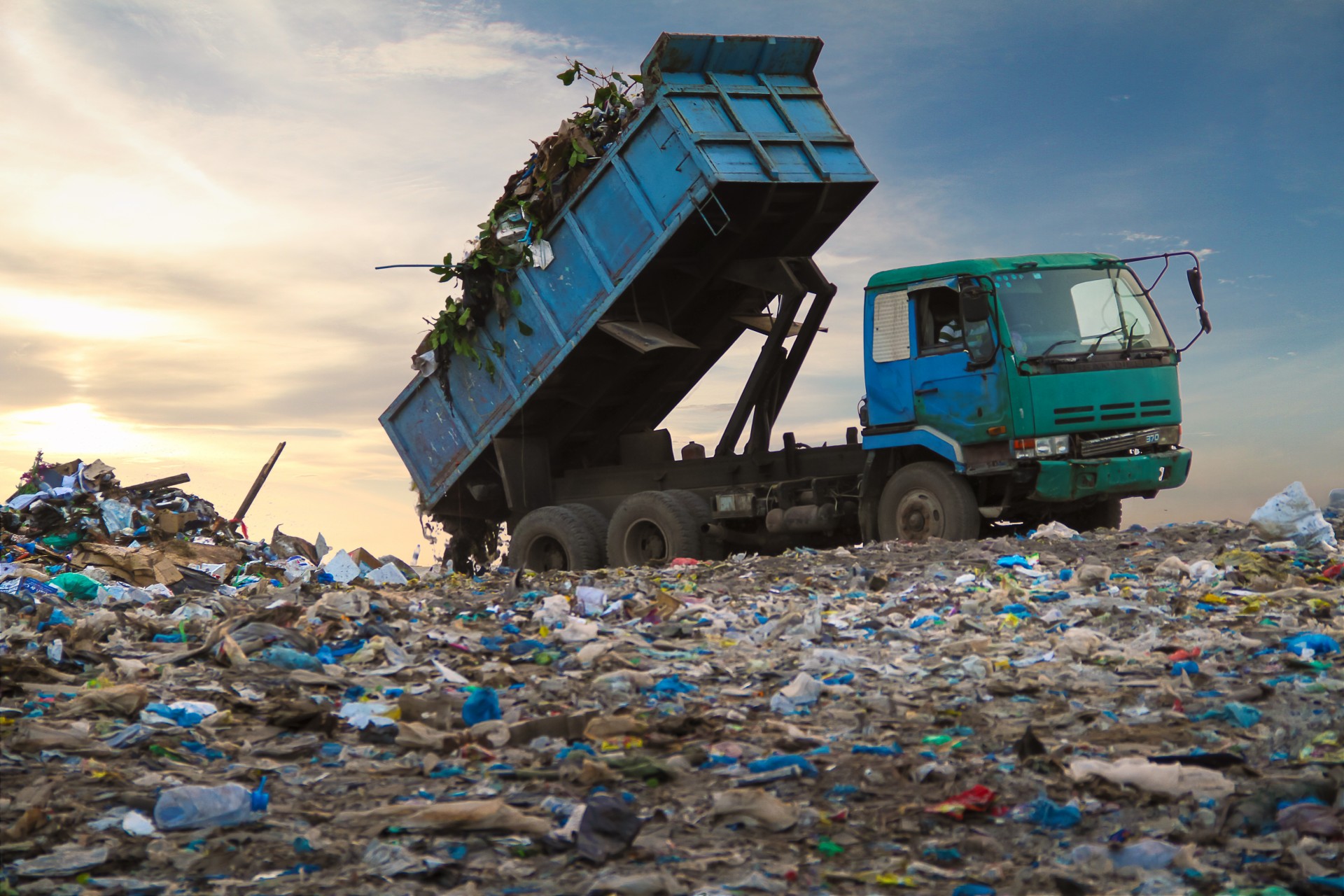- Pharmaceutical waste in rivers, soils, and food chains disrupts ecosystems and biodiversity.
- Antibiotic leakage fuels antimicrobial resistance, risking 10 million deaths annually by 2050.
Pharmaceutical pollution is becoming one of the major hidden environmental crises. Both scientists and the United Nations Environment Programme (UNEP) have raised a red flag that this matter causes Antimicrobial Resistance (AMR), harms ecosystems, and eventually, human health is the one to suffer most.
Medicines in rivers, soils, and crops due to leaks are not such silent killers as they may seem at first glance.
They stay, they change the behaviour of animals, they interfere with hormones, and they increase antimicrobial resistance—a worldwide health emergency that could reportedly take away up to 10 million human lives annually by 2050 if no action is taken.
One of the ways pharmaceuticals get into nature is that some people flush away drugs that have been in use, while other parts of the waste come from hospitals, municipal sewage, wastewater treatment plants, and homes.
Furthermore, pharmaceutical manufacturing emits secretions, and agricultural use of antibiotics in livestock and aquaculture makes the way clear for drugs to enter ecosystems. Most of these chemicals are still in the earth and water.
Read More
Antibiotics, painkillers, and hormones in rivers are found everywhere on the planet, and there are enough concentrations to affect animal cells.
The damage to wildlife and the ecosphere is very significant. Fish that gain access to antidepressants are less careful, so they get more easily caught, while synthetic hormones from contraceptives disrupt the reproductive systems of water creatures.
The use of polluted water in agriculture transmits medicines into food chains, and these issues grow at a fast pace in the ecosphere, affecting biodiversity and causing natural equilibrium to become unstable further on.
The gravest issue, however, is that of antimicrobial resistance. If antibiotics get into nature, bacteria will find it easier to mutate into "superbugs"—resistant strains that can no longer be treated with existing medicine.
UNEP positions antimicrobial resistance among the ten biggest global health risks and predicts up to 10 million deaths each year by 2050, with economic costs potentially reaching 100 trillion dollars.
A high percentage of untreated waste is released in some areas, and the drugs from that wastewater go directly into nature.
In connection with the issue of pollution at its origin, UNEP Executive Director Inger Andersen has emphasized the necessity for quick steps: to control the waste production from pharmaceuticals more strictly and to run wastewater treatment effectively.
The reduction of leakage, alongside the promotion of safe disposal through the cooperation of governments, industries, and the healthcare system, is a must.
The measures to be put in place include a program for prescription drug take-back to avoid illegal disposal, innovations in green chemistry to create biodegradable drugs, and campaigns reminding the public that the environment that gets hurt is the same one that supports us—so we all must be responsible.
Medicines have the power to save lives, but if poorly managed, they turn into pollutants that threaten the ecosystems we depend on. Fighting this problem calls for global cooperation, stricter regulations, and individual accountability.
Follow us on WhatsApp for real time updates, community voices, and stories that matter.






